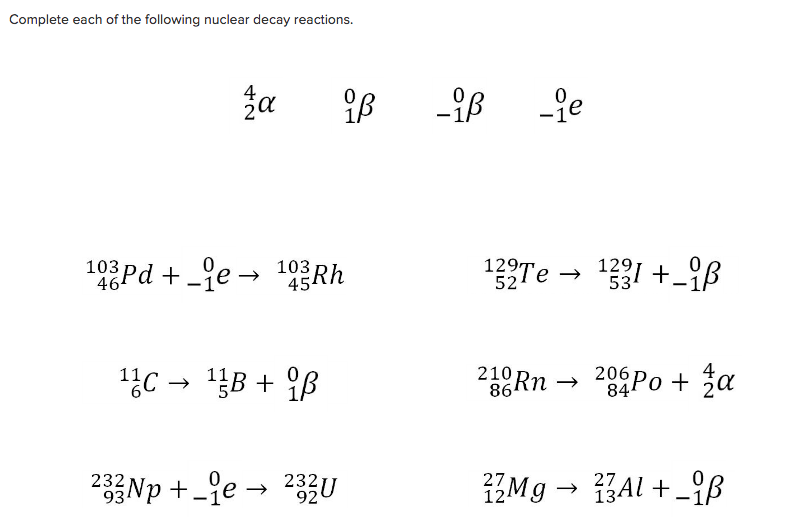
For example, there are lots and lots of types of events that occur, within the Standard Model alone, that also create signals that would show up in any detector. Sure, you can envision a detector where you make some sort of chamber that’s sensitive to these interactions, but the problem then becomes creating a detector that isn’t going to give you all sorts of false positive signals as well. Credit: Nicolle Rager Fuller/NSF/IceCubeīut detecting a nuclear recoil event from a dark matter interaction is no easy task. The XENON detector leverages this idea spectacularly, making it one of the world’s most sensitive particle detection experiment.
Electron capture free#
When an incoming particle strikes an atomic nucleus, it can lead to the production of free charges and/or photons, which can produce a signal visible in the photomultiplier tubes surrounding the target.

And this is where we get our motivation for building detectors, like XENON, LZ, PANDA, and others, to directly interact with these WIMPy particles. If such a species of particle exists, it should also be present in our own galaxy, permeating the galactic halo, and also flying through the Earth all the time as we orbit around the Sun and as our Solar System moves through the Milky Way.


WIMPy dark matter isn’t the only possibility for what dark matter could be, of course, but this scenario - in part because it’s so general and in part because there are so many specific realizations that would lead to the generation of large numbers of WIMPy particles in the early Universe - is definitely worth exploring. The WIMP scenario generally arises whenever you have a massive species of particle that’s created early on, then ceases to be created as the Universe expands and cools, but that particle species only partially annihilates away, leaving a substantial relic abundance that can persist until the present day, making up the dark matter we now observe. That’s a quite general scenario for making WIMPs, which would then form cold dark matter halos around galaxies, clusters of galaxies, and all large-scale gravitationally bound structures.

When we add up all of the normal matter - stuff made up of quarks and charged leptons - we find that it’s only responsible for about 1/6th of the total “mass” that must be out there. When it comes to the question of “What makes up the Universe?” the Standard Model simply doesn’t add up.


 0 kommentar(er)
0 kommentar(er)
